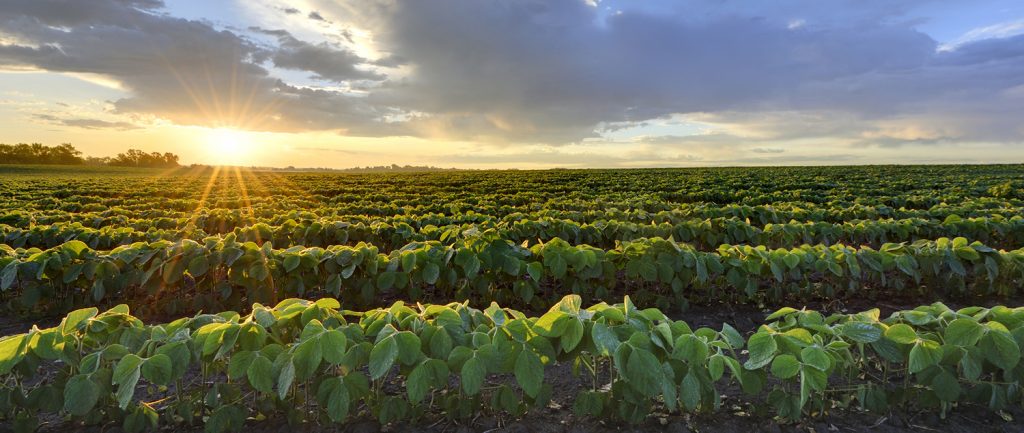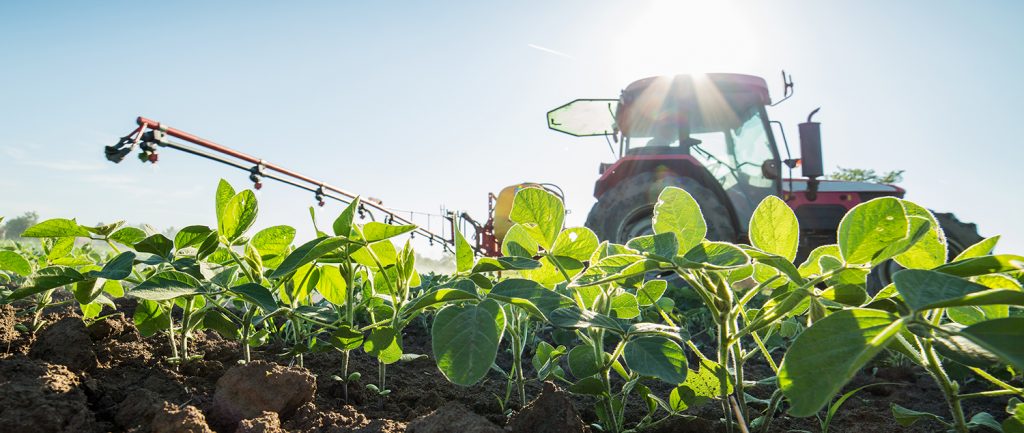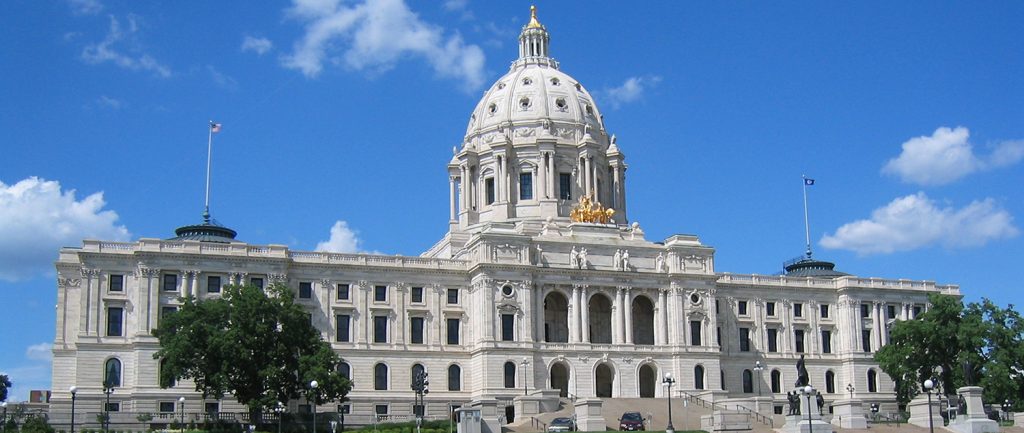The U.S. Department of Agriculture (USDA) this week launched the trade mitigation package aimed at assisting farmers suffering from damage due to trade retaliation by foreign nations.
The sign-up period for the Market Facilitation Program (MFP) opened on Sept. 4 and runs through Jan. 15, 2019, with information and instructions provided at www.farmers.gov/mfp.
“This program is based on actual production, not historic. We need people to come in after harvest and gives us their actual number of bushels harvested,” says Minnesota Farm Service Agency Executive Director Joe Martin, who added producers don’t need to bring in actual physical evidence. “The key message for soybean growers is to keep track of your yields, because we’re going to ask for a precise number.”
Martin added county FSA offices will be conducting a higher level of spot checks as a result of the MFP.
“If you’re spot-checked, you’re going to have to supply the evidence you told us you had,” he says.
Farmers are encouraged to apply electronically via a Level 2eAuth account to expedite the process.
“We’re using a really simple form for this program that can be faxed, scanned or emailed,” Martin says. “The other option we’re pushing – and this is the future of FSA because we know we need to do more business online – is the Level 2 eAuth account that allows farmers to access their personal farm information and do business with us. We’re using this program as an opportunity to promote farmers gaining that level of authorization.”
Attached is a USDA Market Facilitation Program fact sheet outlining the program, payments, limitations, eligibility and more. USDA has also provided a MFP overview containing a broad overview of the program.
Eligibility
Only producers of corn, cotton, sorghum, soybeans, wheat, dairy, or hogs are eligible for the MFP at this time. FSA is encouraging hog and dairy producers to apply immediately to avoid a backlog.
Note: USDA has indicated seed beans, along with beans grown for grain, are eligible for the MFP.
Producers also must meet the following criteria:
- Have an ownership interest in the commodity and be actively engaged in farming
- Have an average adjusted gross income or AGI for tax years 2014, 2015, and 2016 of less than $900,000 per year
- Comply with the provisions of the “Highly Erodible Land and Wetland Conservation” regulations, often called the conservation compliance provisions
- Provide verifiable and reliable production records by crop, type, practice, intended use, and acres if requested by the Farm Service Agency
Commodity Payments:
The MFP will provide payments to eligible producers of soybeans, sorghum, corn, wheat, cotton, dairy, and hogs. For crops, farmers must wait until after harvest to apply for the program.
Current Payment Period
The USDA Farm Service Agency will accept MFP applications for the current payment period starting Sept. 4, 2018 and ending Jan. 15, 2019. Funding has been obligated to fully cover 50 percent of a producer’s production of eligible commodities in 2018.
The payment by commodity during this period will equal: Market Facilitation Program Rate x 50% of Total 2018 Actual Production = Payment
The MFP rates for the current payment period by commodity are as follows:
• Soybeans at $1.65 per bushel
• Sorghum at $0.86 per bushel
• Wheat at $0.14 per bushel
• Cotton at $0.06 per pound
• Corn at $0.01 per bushel
• Dairy at $0.12 per cwt
• Hogs at $8.00 per head
Note that Market Facilitation Program payments are capped per person or legal entity at $125,000 for dairy production AND hogs, and at $125,000 for corn, cotton, sorghum, soybeans, and wheat.
Additional Payment Period
The USDA will review conditions on or near Dec. 3 and may announce an additional payment period. If announced, the payment by commodity will equal: Additional MFP Rate x Remaining 50% of Total 2018 Actual Production = Payment
Applying at USDA Service Center:
Producers who have not participated in a USDA program should contact their local USDA service center to establish farm records. To establish a farm tract number, be sure to bring the following items:
- Proof of identity such as driver’s license or Social Security number/card
- Copy of recorded deed, survey plat, rental, or lease agreement of the land (you do not have to own property to participate in USDA programs.)
- Articles of incorporation, estate, or trust documents for entities
During your visit, you may need to complete or update the following forms for your farm records:
- CCC-941 – Reports your average adjusted gross income for programs where income restrictions apply
- AD-1026 – Ensures a conservation plan is in place before lands with highly erodible soils are farmed, identified wetland areas are protected, and conservation compliance provisions are met
- CCC-901 – Identifies members of a farm or ranch that is a legal entity
Also for the MFP, you may need to complete:
- FSA-578 – Identifies crops, intended and actual uses of the crop, and if the crops are irrigated/non-irrigated
- SF-1199A – Identifies the financial institution you wish to use for direct deposit of your MFP payment
Agricultural Trade Promotion Program
Applicants may now also submit proposals for the FAS $200 million ATP Program. FAS will accept applications on a rolling basis until November 2, 2018. Details regarding ATP and how to apply are available here.
The aim of the program is to assist American agricultural exporters in identifying and accessing new markets and to help mitigate the adverse effects of other countries’ restrictions. ATP is meant to help all sectors of U.S. agriculture, including fish and forest product producers, mainly through partnerships with non-profit national and regional organizations.





